- By 2030, China’s imports of rare earths are expected to increase from 60,000 tons of 200,000 tons per year to 80,000 tons

The largest single use of rare earths is the manufacture of permanent magnets for wind turbines, hybrid and electric vehicle drive systems, and energy-saving applications. Rare earths currently account for 29% of total global demand, said David Merriman, a rare earth expert in Roskilde.
He said: "As we transition to a low-carbon global economy, the demand for permanent magnets will only grow, and it is expected to reach about 40% of total rare earth demand by 2020."
Rare earth elements are a group of chemically similar elements that are also widely used in the aerospace, defense and electronics industries. Merriman believes that there are two dominant trends in the rare earth market. The first is the growth in the demand for magnet applications, especially the neodymium iron boron magnets that provide the highest magnetic field per unit volume, and the second is China's dominance in the industry.
He said that by 2020, Chinese mines will produce 110,000 tons of rare earths, accounting for more than 55% of global mining output. "Although production is expected to decline slightly by 2022, down to about 100,000 tons, it is expected that China's production will remain relatively stable by the end of this century."
He said that from 2022, China's domestic production will level off, and imported ore concentrates will meet the demand for raw materials from more and more China's leading rare earth processors.
In 2020, China produced 85% of the world’s refined rare earth products, but as China’s domestic production stabilizes, by 2030, China’s imports of rare earths are expected to increase from 60,000 tons of 200,000 tons per year to 80,000 tons. He pointed out that China not only dominates the supply of rare earths, but also dominates the demand. 70% of global production is consumed in China's domestic market.
Layout of rare earth industries in various countries
In 2 months of 2021, the U.S. government and the Malaysian rare earth miner and processor Lynas rare Earths (ASX: LYC; OTC: LYDSY) agreed to establish a commercial light rare earth separation plant in the United States. The U.S. Department of Defense is expected to provide 30 million U.S. dollars in funding. Linus will also provide 30 million US dollars. Once the plant is operational, it will produce approximately 5,000 tons of rare earth products each year, including 1,250 tons of neodymium, and will use raw materials from the cracking and leaching operations developed by the company in Kalgoorlie, Western Australia.
On August 12, Road Foreign Media reported that the Russian government plans to invest US$1.5 billion in 11 rare earth projects by 2030. The Russian government is offering lower mining taxes and cheaper loans to investors in these projects. These incentives are aimed at increasing Russia’s share of global rare earth production from the current 1.3% to 10% by 2030, and the output is expected to reach 7,000 tons of rare earth concentrate by 2024.
In January 2020, Japan's state-owned organization, Japan National Petroleum, Natural Gas and Metals Corporation, signed an agreement with Namibia's important metals to jointly explore, develop and refine the company's Lofadar Heavy Rare Earth Mineral Earth Project in northwestern Namibia. For the exploration and development investment of 20 million US dollars, Japan National Petroleum, Natural Gas and Metals Corporation will obtain a 50% interest in the project.
Although the annual production of non-Chinese sources is expected to grow from 20,000 tons in 2020 to about 70,000 tons in 2020, Merriman said that there is a very limited connected supply chain to maintain production demand, so these materials may end up in China Processing.
Therefore, he predicts that the rare earth market will start to tighten from 2023 to 2024, putting upward pressure on rare earth prices. He said that it is particularly worth mentioning that this austerity policy will push up neodymium prices in the next five years, as consumers are scrambling to obtain neodymium supplies for magnet applications.
Merriman said: "We expect that by 2020, the price of neodymium oxide on free ships in China will be US$50,000 per ton and will rise to more than US$60,000 per ton by 2020."Editor/Huang Lijun
Comment
 Praise
Praise
 Collect
Collect
 Comment
Comment
 Search
Search


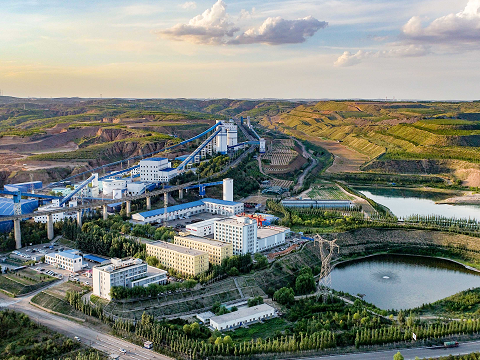
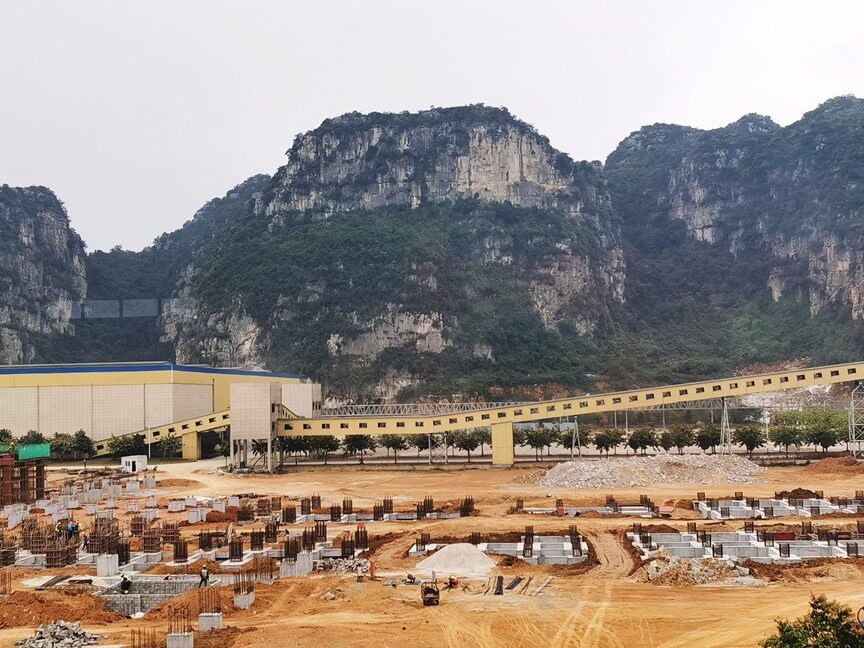
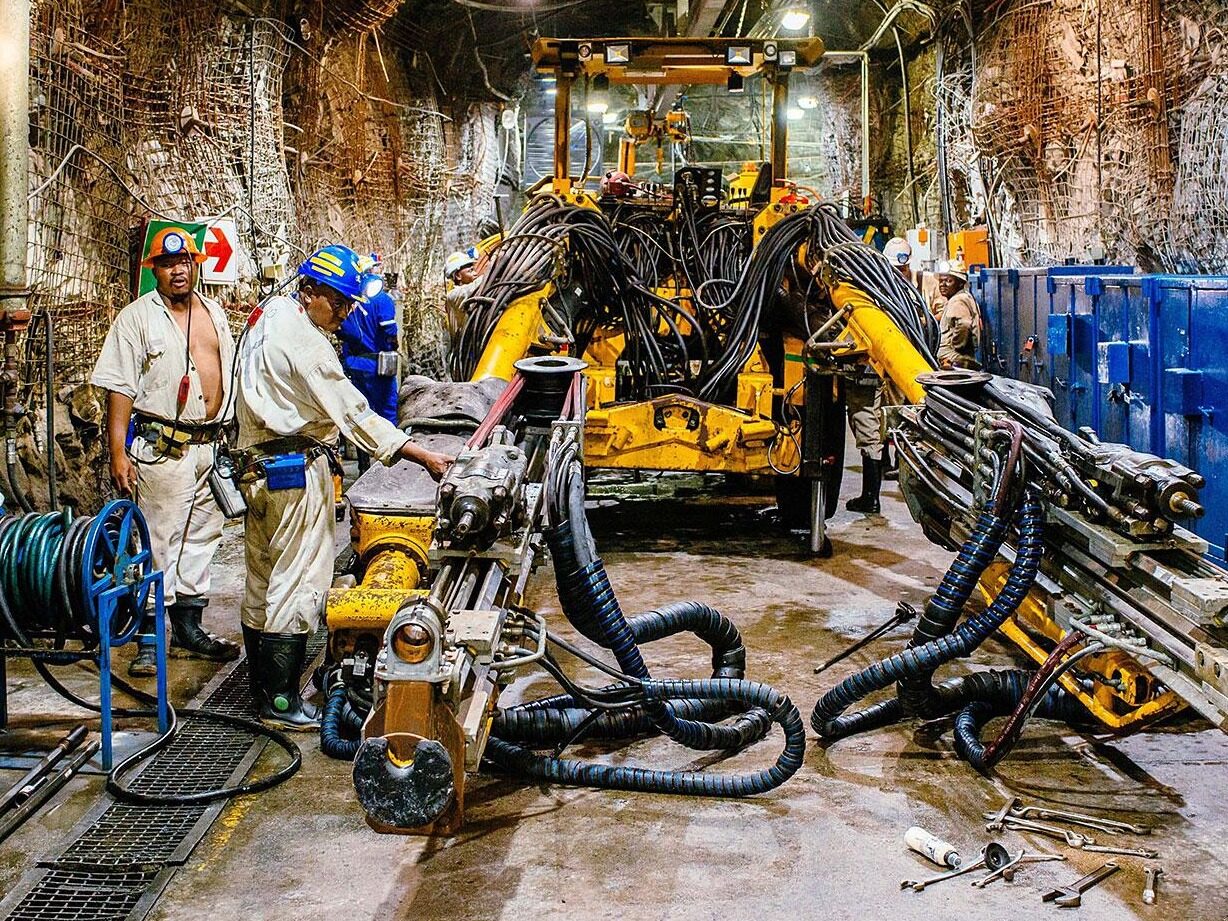
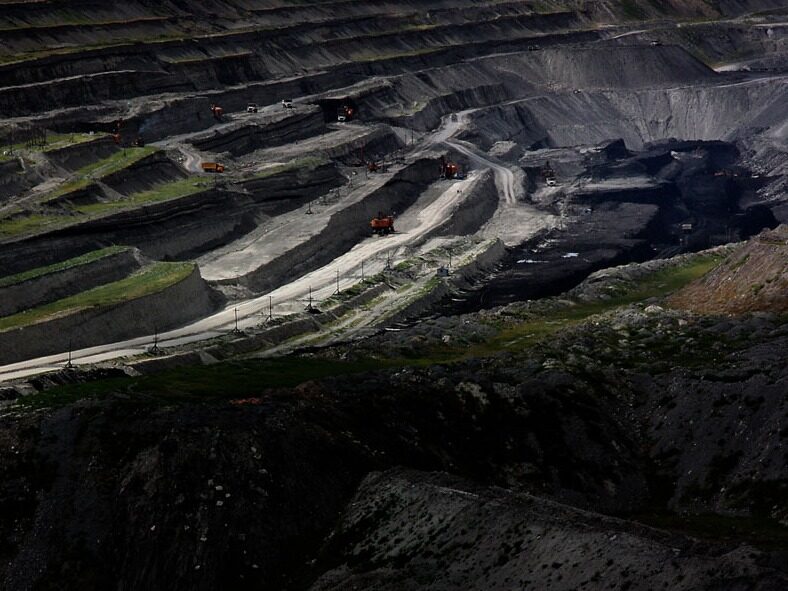
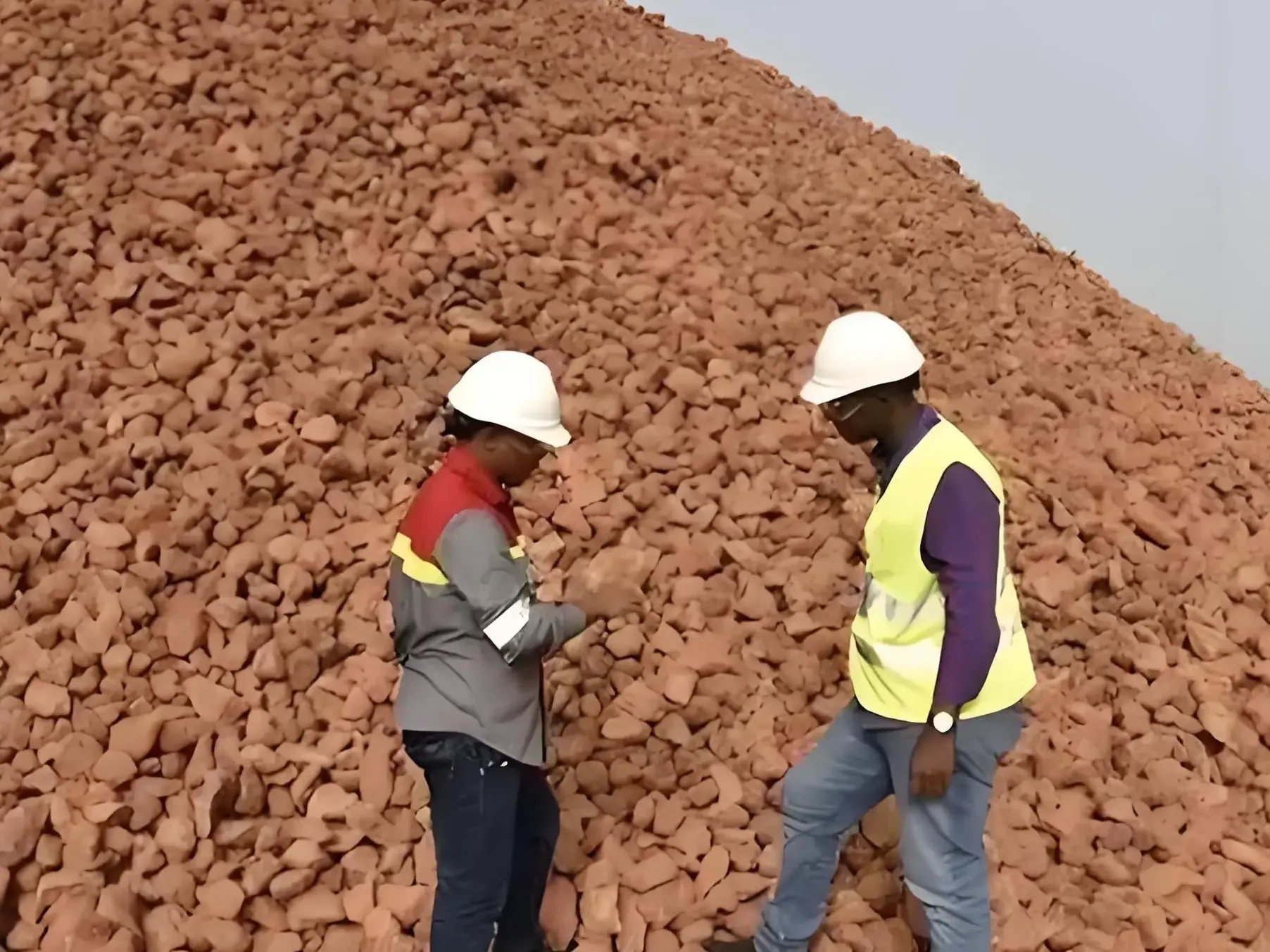
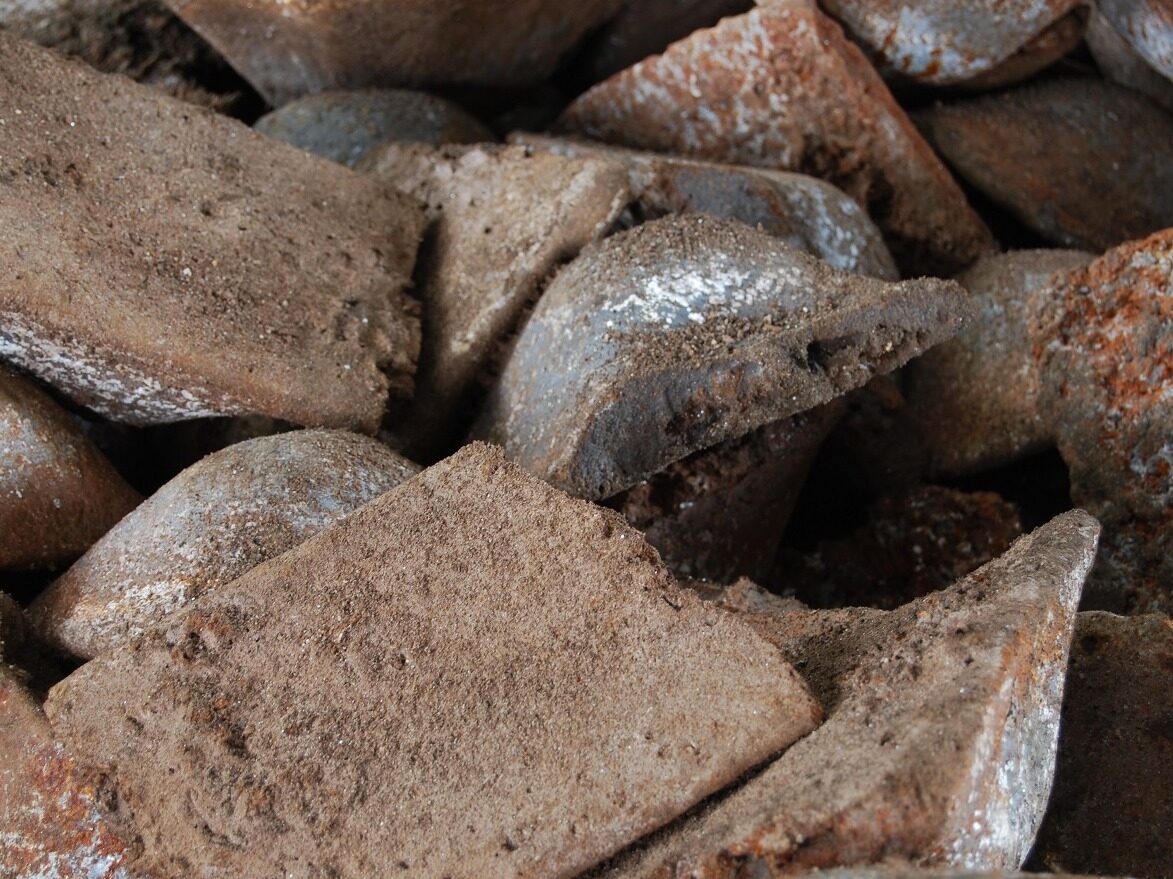






Write something~